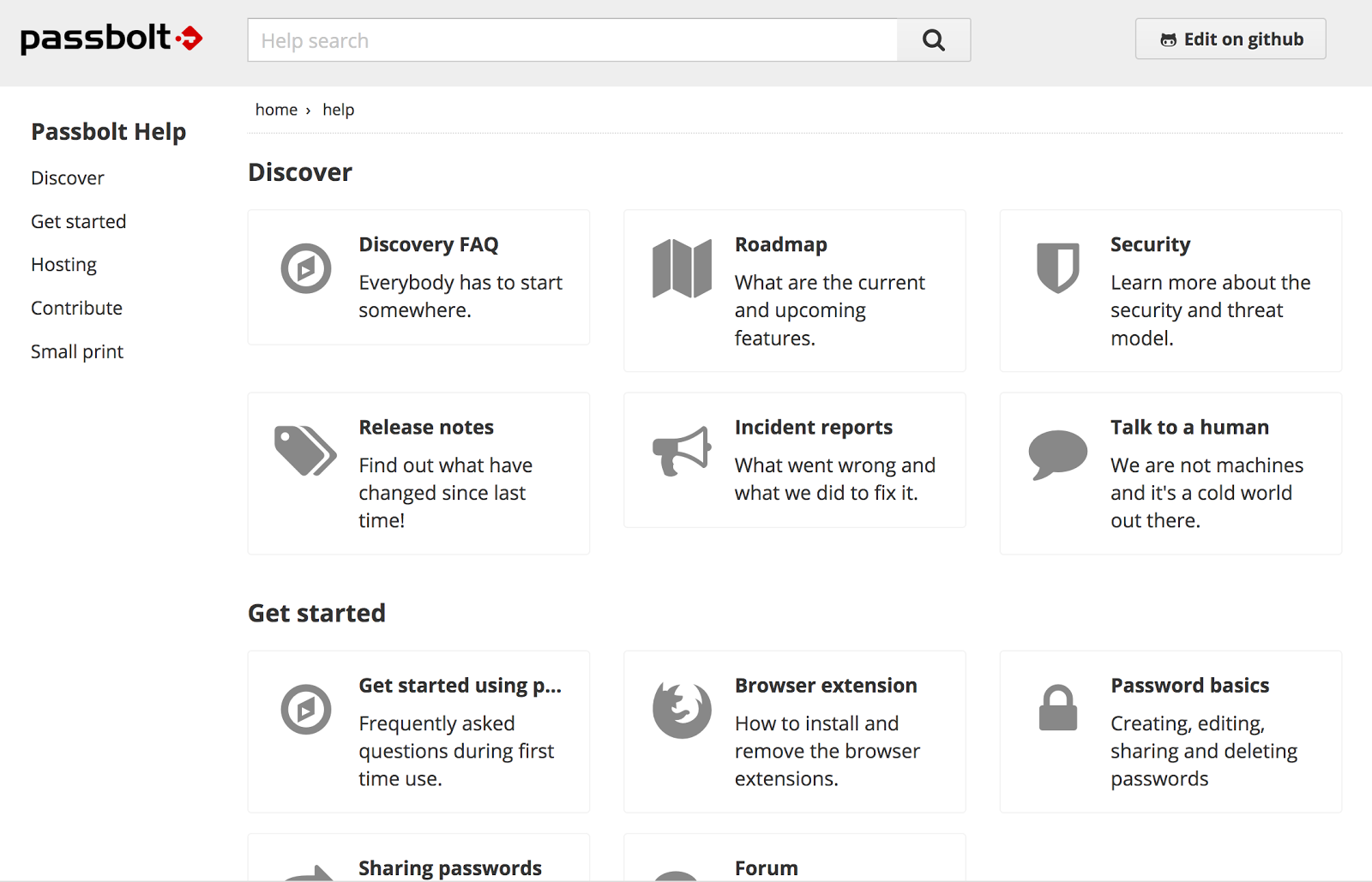
The first time I touched Jekyll was in 2013 when I was working at Mozilla. At the time, the School of Webcraft, a joint effort between P2PU and Mozilla had lost it’s project lead, and I (with some collaborators) were sent in to revive the project.
What was then called the School of Webcraft* was built on an open source platform, Lernanta. Lernanta was a fork of Mozilla’s Batucada project, a Python/Django web app. We wanted to customize the experience and make the addition and editing of content easier for course builders at Mozilla. So we decided to build the next iteration using a Jekyll-based platform P2PU had developed, Course in a Box.
* We renamed the project the School of Webmaking and later to Webmaker Training. Ultimately, #TeachTheWeb became the brand we used.
It’s fascinating to think about learning experiences like these. Jekyll and I have a relationship, I’ve tinkered with it before. The past month or so I’ve been tinkering with it again, as we have been working on making the passbolt Help Section contributor friendly. We rebuilt the preexisting passbolt help content using a jekyll site, and last week, we turned it on.
Now, anyone can use the “edit on github” button in the upper right-hand corner to edit passbolt documentation. The button will open a markdown file, so you don’t even have to be git savvy to suggest improvements or edits.
We hope the folks who are using passbolt will contribute to this knowledge base. Perhaps you’ve written documentation for your colleagues that we could repurpose? Or perhaps you have ideas for useful tutorials? We invite you to hit that edit button, fork the repo, and start contributing to the new passbolt knowledge base (using Jekyll).